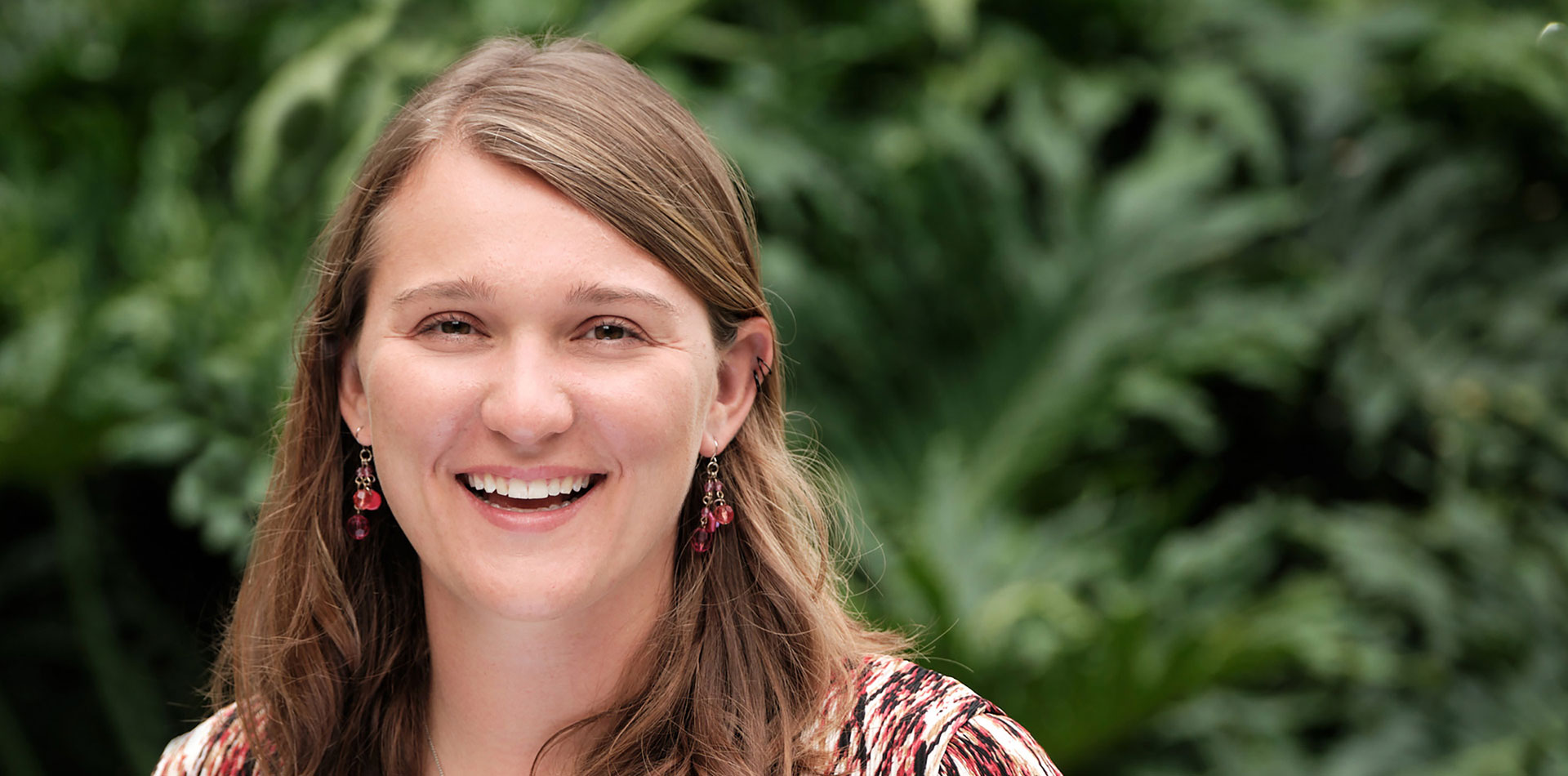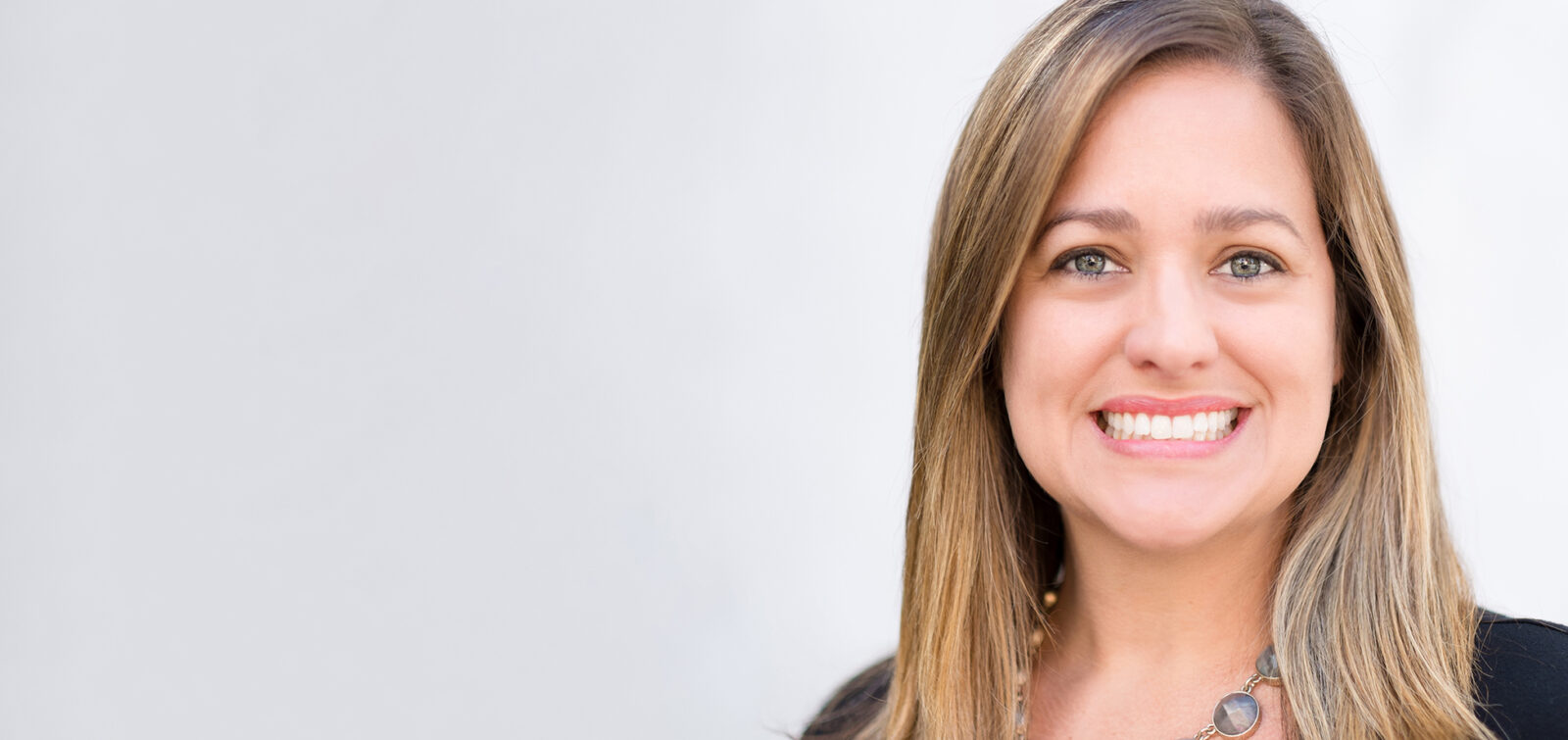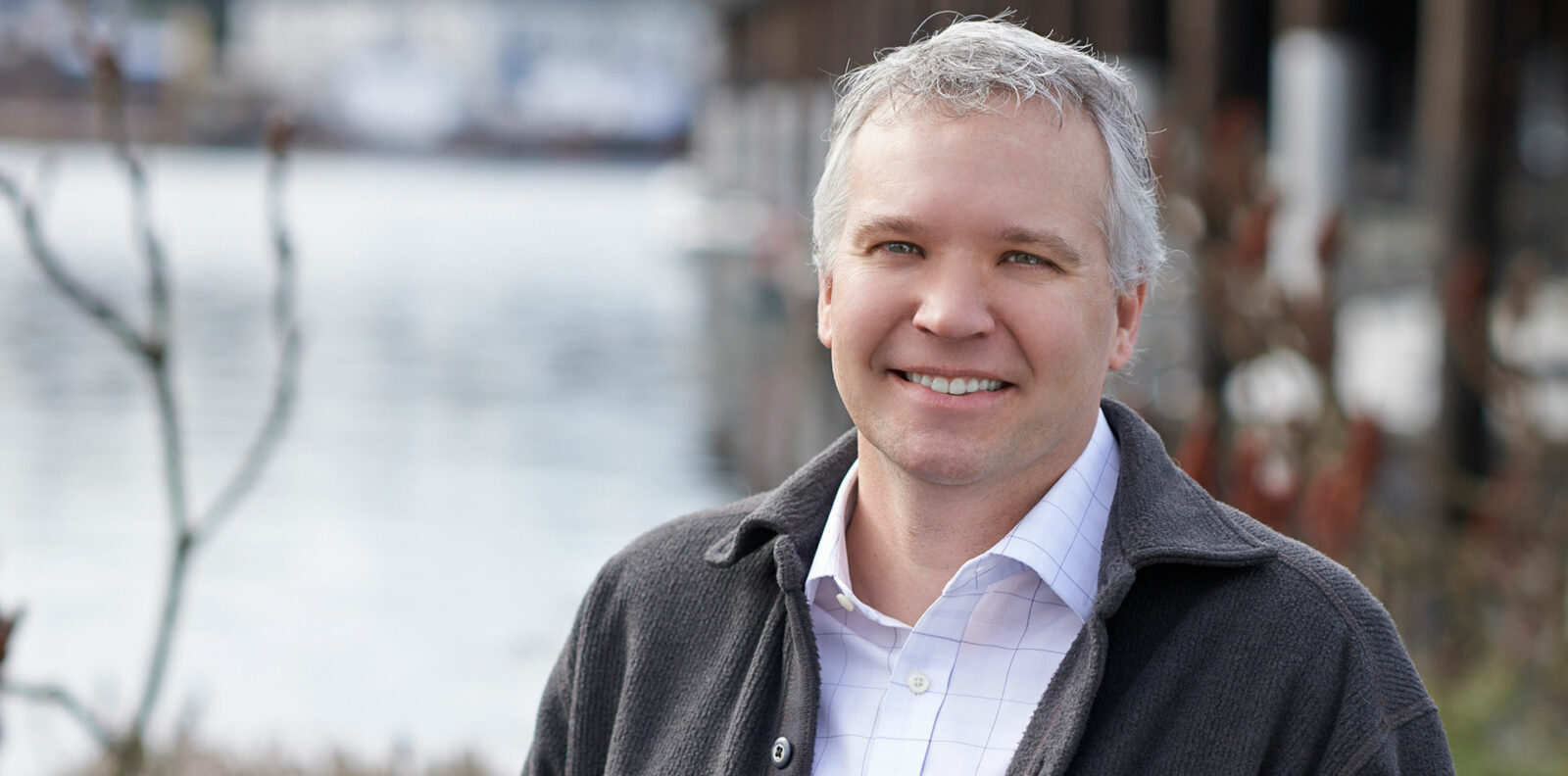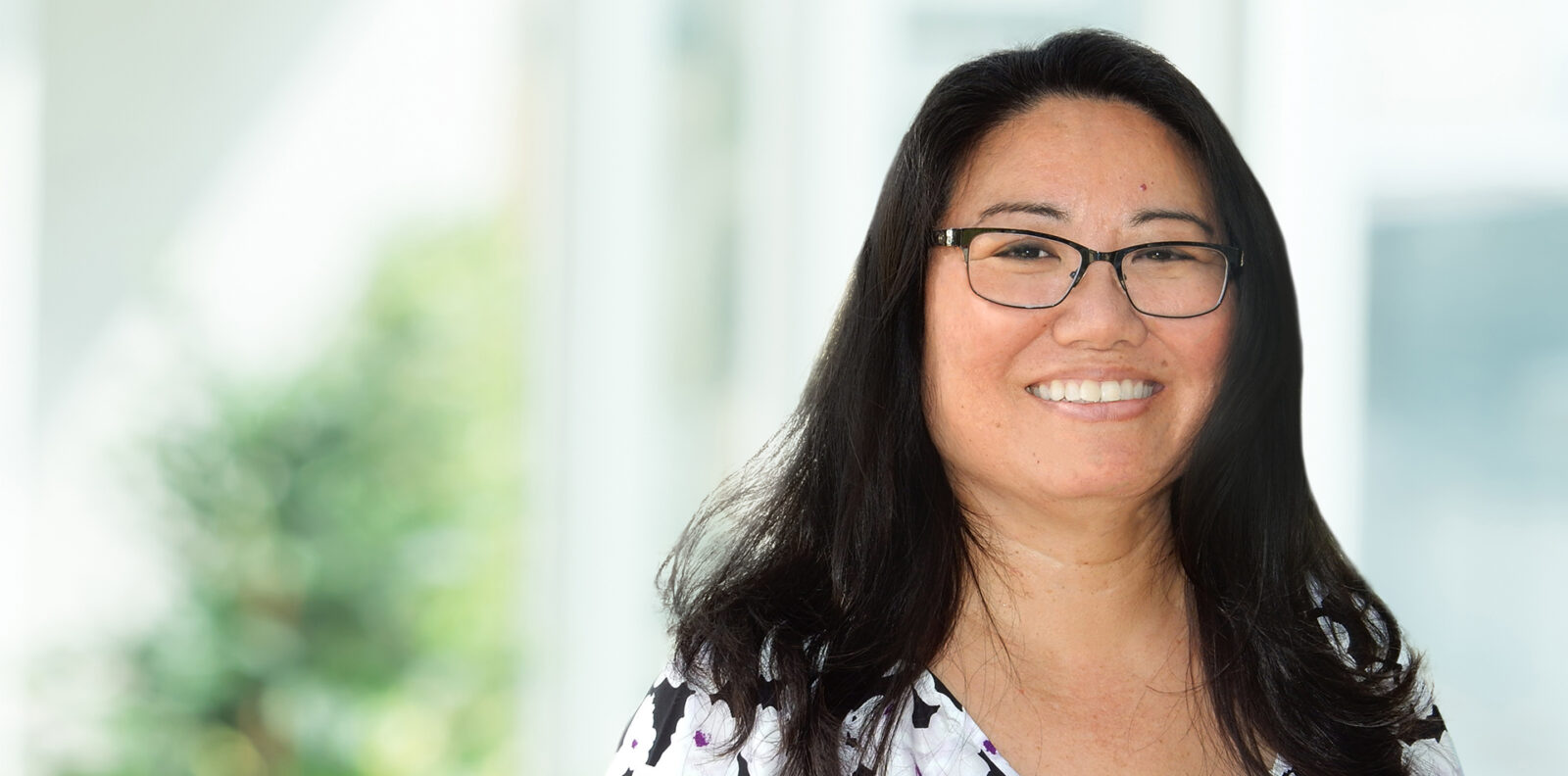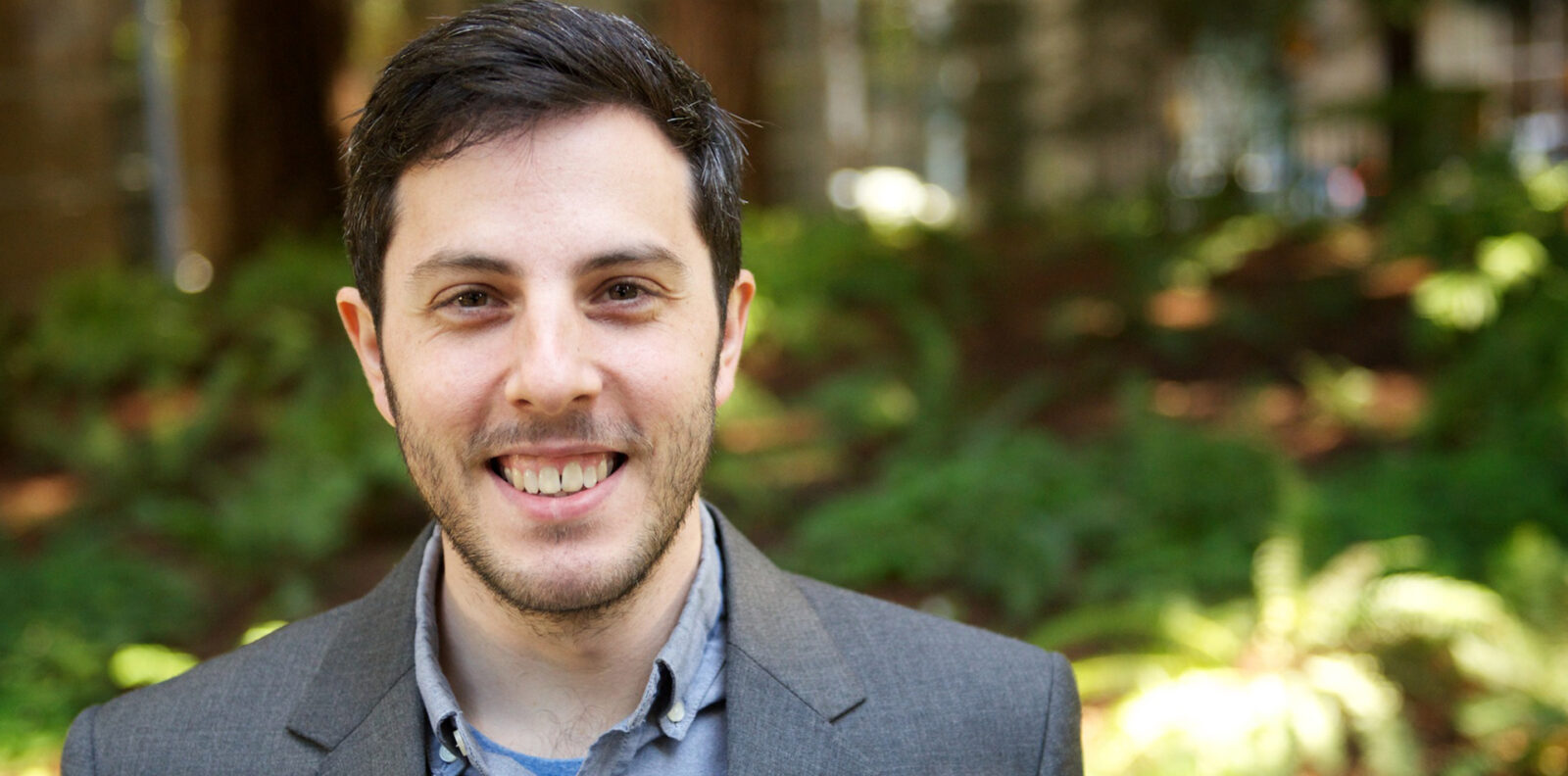Victoria supports the ESA’s Southeast Biological Resources business group, specializing in environmental science, Florida ecology, and sustainability. She provides statistical support and analysis for natural resource decision-making in Florida, focusing on water quality data and regulatory aspects. Before joining ESA, Victoria pursued research projects in oceanography, data analytics, and ecology in the Pacific, Gulf of Mexico, and Atlantic Ocean.
What does it mean to you to be part of an employee-owned company?
Being employee-owned means treating each other like family and taking care of equipment and vehicles as if it was your own. To be employee owned means the work you do doesn’t just represent the company but is a reflection of the amazing people working toward shared goals.
What keeps you coming to work here at ESA every day?
The diversity of the work we can provide and the value we bring to those seeking to better our environment.
What is your hidden or special talent(s)?
I can make the most amazing homemade Lava cakes from scratch!
What’s your favorite thing to do when you are out of the office?
Scuba Diving and Caving.
If you had one free hour each day, how would you use it?
To write or read while sitting by the coast.
What are three skills that you bring to the ESA team? In other words, what should colleagues know to reach out to you about?
- Water Safety and field equipment deployment
- Literature reviews
- Data analysis and r coding
In a nutshell, what kind of work does your team do?
Water Quality and Aquatic Sciences.
Describe your role at ESA and the type of work you do.
50% of the time I am a field technician with the ability to travel and adapt to changing conditions. The other 50% of the time I am detailed oriented in catching data errors, conducting statistical analysis and creating data visualizations. I am comfortable writing reports and telling the story of data collected in context of broader scientific knowledge or client needs.
What’s been your favorite project to work on here at ESA and what impact did it have on the community and/or environment?
The State of the Bay Report for Mobile Bay National Estuary Program. This was not only an amazing learning opportunity for me to engage with the client and stakeholders but serves as an analytical time point for the health and status of Mobile Bay and its coastal Watersheds as well as an opportunity to engage and inform the general public.

